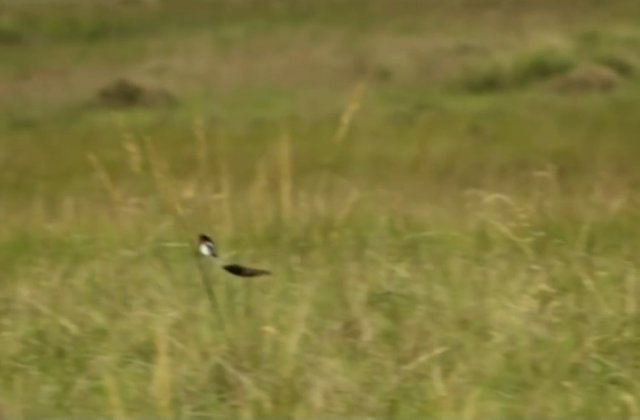The Esteros del Iberá are a direct contact with nature, wildlife and incredible sunsets
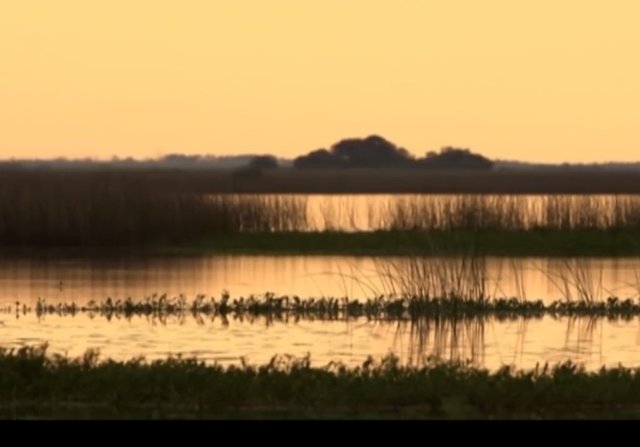
Esteros del Iberá is the second wetland on the planet due to its surface. It is only behind the Brazilian Pantalanal.
"Iberá" in the Guaraní language means "sparkling water" and that is precisely one of the characteristics of this ecosystem formed by lagoons, estuaries, marshes and rivers that are fed only by rainwater.
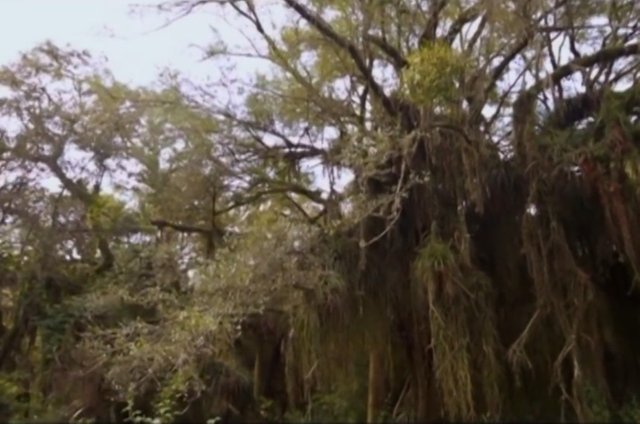
The natural reserve, which has 1,300,000 hectares, was created in 1983.
In the year, the Iberá National Park was created with an area of 180,000 hectares, that is, just over 10% of the total area of the wetland.
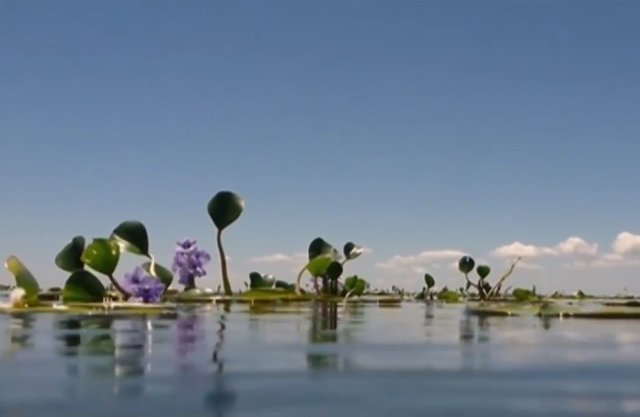
The Esteros del Iberá are a true paradise for bird watching. It is a wonderful experience.
Photograph them without modifying your ecosystem, to have a memory of them.
But the most important thing is to find them, travel thousands of kilometers to understand them, look at them, listen to them.
How to get.
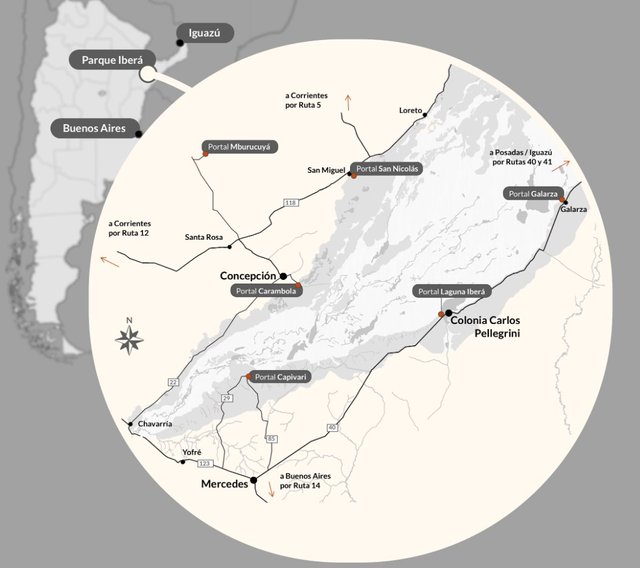
The National Park is 850 km from Buenos Aires (Federal Capital) and can be accessed in different ways: from the Argentine capital or from the province of Corrientes.
The most used entrance is Colonia Carlos Pellegrini, 120 km from the city of Mercedes.
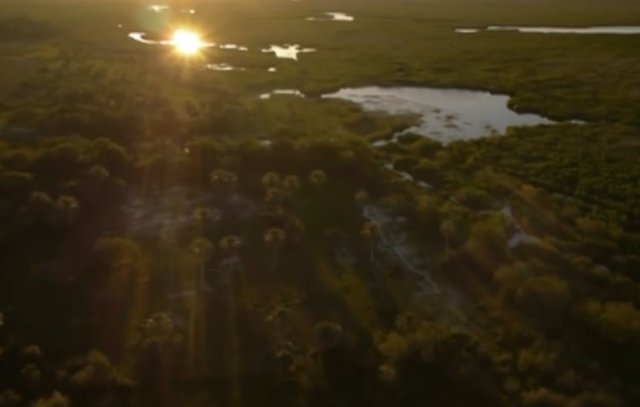
You can get there in your own vehicle or there are also buses or minibuses that make the journey once a day from Mercedes.
The best time to visit the Esteros del Iberá is autumn or spring.
Avoid going in the summer not only because of the high temperatures and insects (especially mosquitoes) but it is also the time of year when it rains more frequently.
Given the extension of the Park and the wetland to visit and appreciate it in all its beauty, it is advisable not less than 3-4 days.
Origin of the wetland.
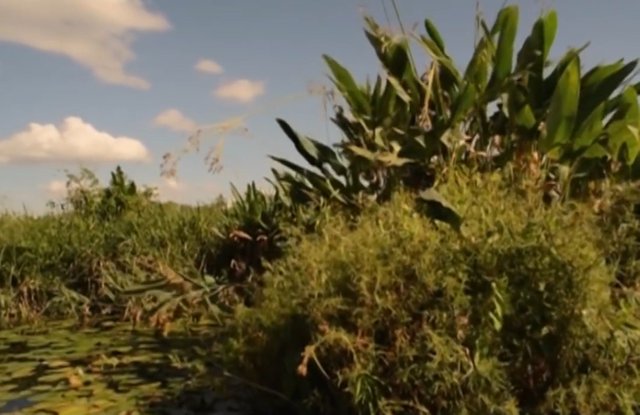
More than 2 million years ago, great geological movements displaced the original course of the Paraná River and created large depressions.
Today the Iberá ecoregion is located in the channels abandoned by the river, an extensive system of estuaries, marshes and lagoons separated from each other by sandbanks.
Flora and fauna.

The Esteros del Ibera are one of the mecca for Bird Watching and photographic safaris, among the animals to be observed are deer from the swamps, deer of the pampa, capybara (capybaras), yacarés (alligators), brown corzuela, lobitos of river, ñandús, yellow boa (curiyú) and the monkey carayá (howler).
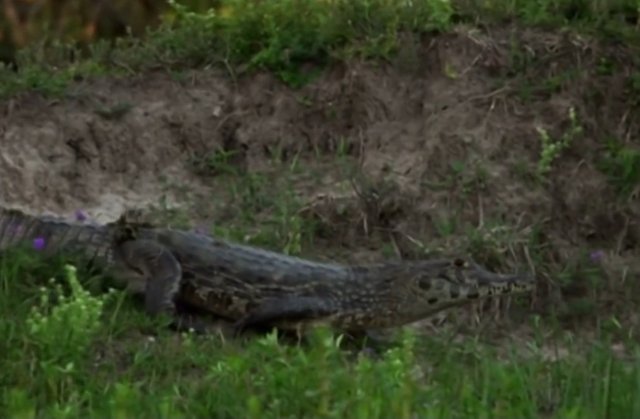
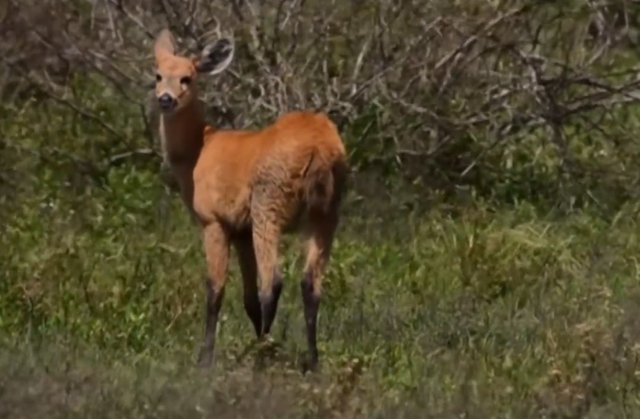
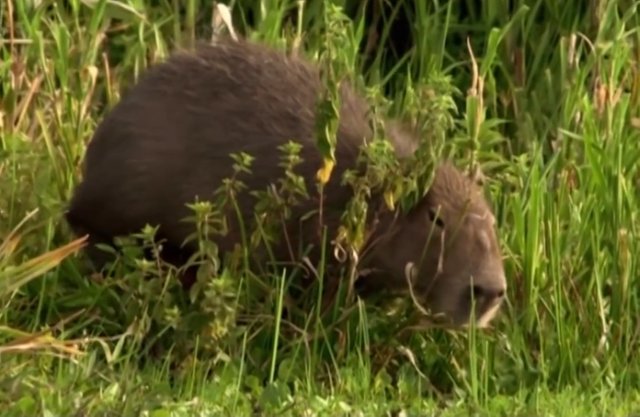
Many of the species that inhabit the wetland can hardly live far from the water.
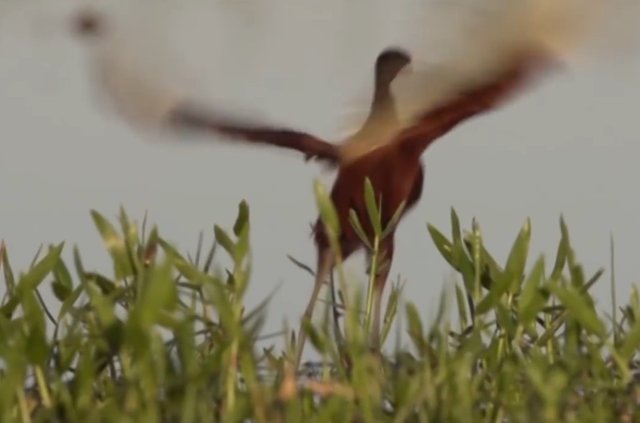

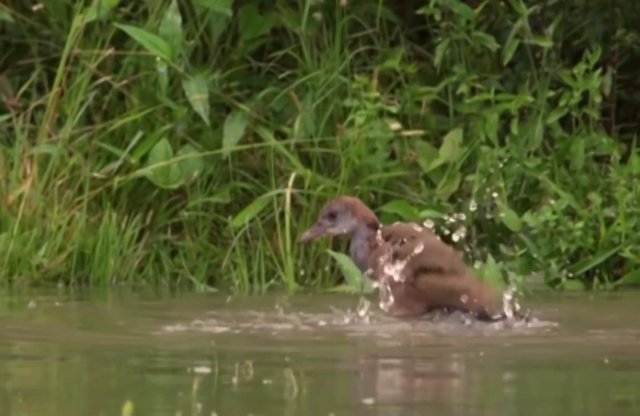
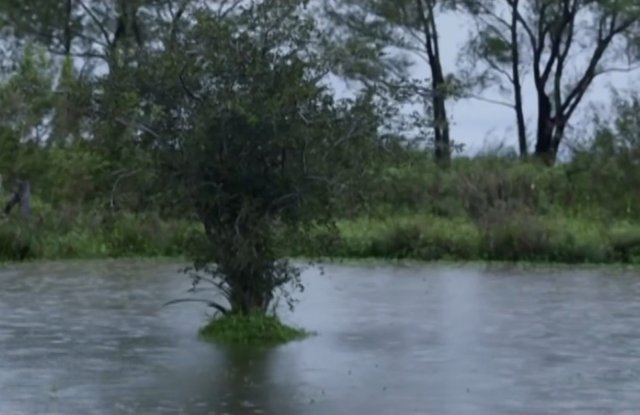
The Esteros del Iberá are one of the most productive on the planet.
Its plant community - the true lung of the wetland - grows mostly on water.
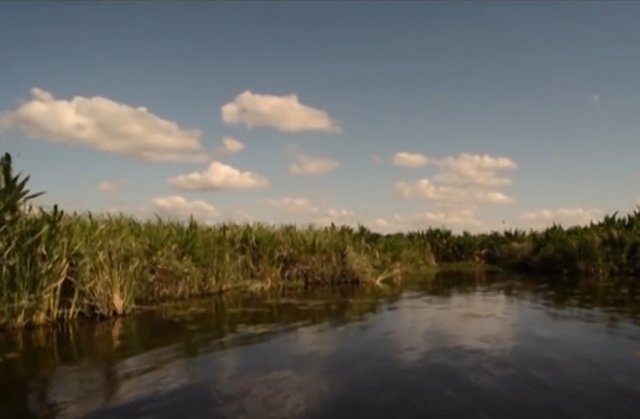
The aguapés, the poppies and the sequins of water, are some of the floating species that cover the surface of the lagoons, forming camalotales.
Some plants are big and beautiful like the camalotes.
Others are so small that they are almost invisible, but they are not less important because they produce large amounts of oxygen.

The Esteros del Iberá are the ideal refuge for more than 350 species of birds.
Some of them are threatened worldwide, such as the collared Yetapá
